
Whether you are in a new stage of life with a newborn, or you’ve been with your partner for 10 years and you’re feeling a lull, or your family has experienced another major transition in your life, it can be hard to stay attuned with your partner. All relationships take work and a commitment to that work. Sometimes crisis or change in our lives can steer us in a different direction and it can be overwhelming to try and figure out how to come back. When you know the love is still there, and you want this relationship to continue working for you, it might be helpful to learn some new tools.
As a therapist who works with couples to notice their emotions and their partner’s, I see firsthand what tools and practices can be effective with staying on track in the relationship you want. As someone who’s been with my partner for just shy of 20 years myself, I can also speak from personal experience. With this in mind, I’ve put together some tips and ideas that can be helpful for you.
1) Attachment Styles for Adults: I may have a bias as i am trained in attachment based developmental psychology and i incorporate it into my own life as a parent. Did you know that our attachment to our parents shapes how we attach to others once we are adults ourselves? We learn a lot from our parents, some of those things are not necessarily intentional. Children need to attach to their adult caregivers in order to feel safe. When that’s not always the case, it can impact how we build relationships as an adult. TIP: Check out this book: Stan Tatkin shares more about these styles in his book Wired for Love: He shares 3 main styles – Anchor (feel secure in relationship), Island (avoidant), or Wave (anxious/ambivalent). There is also a 4th style (disorganized) that is based on a history of trauma – like a Hurricane. Knowing what our attachment style is helps as it can give so much perspective and insight to our reactions when our partner does something that confronts our confidence in the relationship.
2) Love Languages: When i first started dating my partner it was a long-distance relationship for the first year or so. I needed validation and gestures of affection in order to help me feel secure in this new relationship, especially as it was long-distance. This was before the days of Instagram and social media, where i used dial-up free internet access to send emails, and long distance calls were expensive. It was when i learned about the 5 Love Languages did i realize that i was not needy or insecure, but in fact had a different language that told my partner i was into him. There are 5 languages – acts of service (think mowing your lawn), words of affirmation (you look great tonight!), gifts of affection (flowers), loving touch (holding hands), quality time (booking a table at a new restaurant). So, when i learned that I’m a Gifts of Affection gal and my partner is an Act of Service dude, i realized that we needed to interpret our various languages and they could indeed compatible. TIP: Take the Love Languages quiz!
“Remember, love is what brought you here. And if you’ve trusted love this far, don’t panic now. Trust it all the way.” – James Baldwin
3) Plan Monthly Dates: This doesn’t have to be a big night out, let alone a weekend get-away, but having planned and defined time as a couple can really help build confidence in the relationship. TIP: plan an date each month – it can be a movie you picked out for Saturday Night at the Movies on the Couch. Make a special drink and stock up on adults-only snacks. This reminds us why we love our partner in the first place. It also helps us stay attuned to our desire for our partner, a key component to a lasting relationship.
Did you know that we have have individualized pleasure, arousal, and desire blueprints? To take it further, we also have different types of sexual satisfaction styles. Knowing what yours is can help understand how your sexual needs are not met as often as they were, or that you are feeling like you are in a sexual rut. TIP: Take this quiz to see which type of Erotic Blueprint speaks to you! Similar to Love Languages and Attachment styles, when we know what our sexual desires are, and that of our partners, it can help break down the walls in the bedroom and help to more sustainable and thriving sex lives.
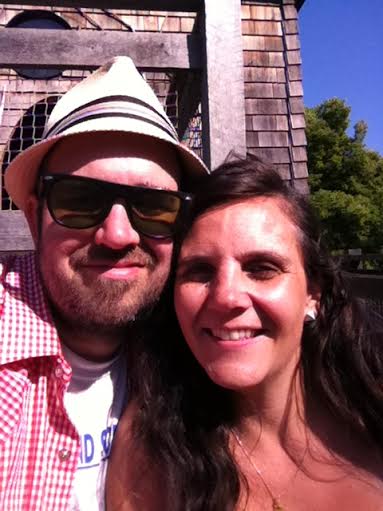
4) Plan Time Apart: You are not just a partner or parent, but also an adult in your own right. Being able to have other interests creates a balance in your life. It may seem counter-intuitive but it’s really another key ingredient in building resiliency in relationships. When you want to be seen by your partner, you need to see yourself and become more visible. TIP: Share your pride in your work, acknowledge something you did that was a new challenge, add more of your in your home – the special feminine touches that linger. Think of your favouite flowers in the bedroom AND dining room, photos of you and your lover by the bed, have a book you are reading by the couch. Don’t hide those pieces of you away. When we are practicing a wholehearted approach to life, our interests in life shine through and our partners want to be with us.
5) Conflict Cycle: This comes straight out of Emotionally-focused Therapy but YOU don’t have to be trained as a couple counsellor to know how to work on conflict in a effective way. Did you know that each relationship dyad falls into a conflict cycle or pattern? It might help to see what yours is so that you can work past them. TIP: Check out Sue Johnson’s book Hold Me Tight. It is a wonderful resource that shares more real-life stories of couples who have learned to recognize their conflict cycle.
I love Esther Perel’s work with couples, and one of her most poignant quotes is “do you want to be right or do you want to be happy?” We have to truly understand that we can’t control or change anyone else, so when we want to change someone, we have to change ourselves. One part that is key is learning how to take care of your own emotion first, so that it doesn’t impact the repair work. We need to learn how to repair, and that comes with learning helpful self-soothing anger management tools. Learning healthy ways to communicate these needs is especially necessary.
6) Aligned Values and Priorities: It’s interesting how we can feel so comfortable at home that we get into a habit of putting on our comfy clothes when we get home from work, and present our best self for work but not at home with our loved ones. Yes they love us, for better or worse, and yet why is it we present our messiest side for the people we love the most? I saw an episode of The Fabulous Mrs. Maisel once and she had a habit of taking off all her make-up and putting on the face cream only after her husband fell asleep. I think a happy medium on these 2 extremes is much more healthy and sustainable.
As we are constantly evolving and learning, our relationships need to follow the same course. While we don’t necessarily want carbon copies of ourselves, having key values that are shared by both partners can lessen any longstanding tension or conflict. TIP Have weekly meetings with your partner to discuss goals for the week, highlights, plan some time together and hear from them their plans. When we intentionally sit down together and ask each other these questions, we are not surprised when it comes up. Put it in a Google Calendar (i love this program, it really is a relationship tool!). This may help you carve out space not just for a date, but a chance to take a class together, or read a book together. Moments like this serve us as they help us get back to centre.
What are some ways you have noticed you get back on track with your love partner? If you are struggling with this, contact me and i’d love to help you do this!


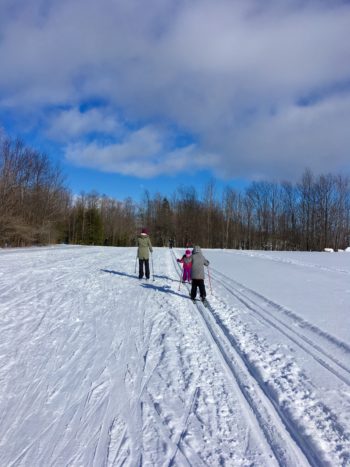
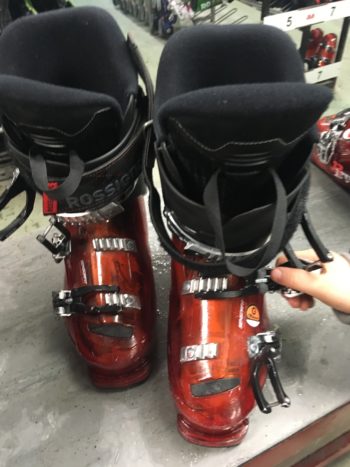
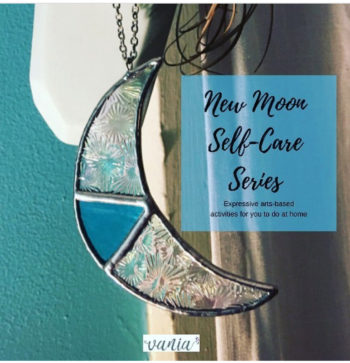 This month brings darkness mixed with celebration. It then doesn’t come as a surprise that this feelings get internalized in us. It’s a perfect time to turn inward intentionally and take care of the shadows and darkness that lingers in you.
This month brings darkness mixed with celebration. It then doesn’t come as a surprise that this feelings get internalized in us. It’s a perfect time to turn inward intentionally and take care of the shadows and darkness that lingers in you.
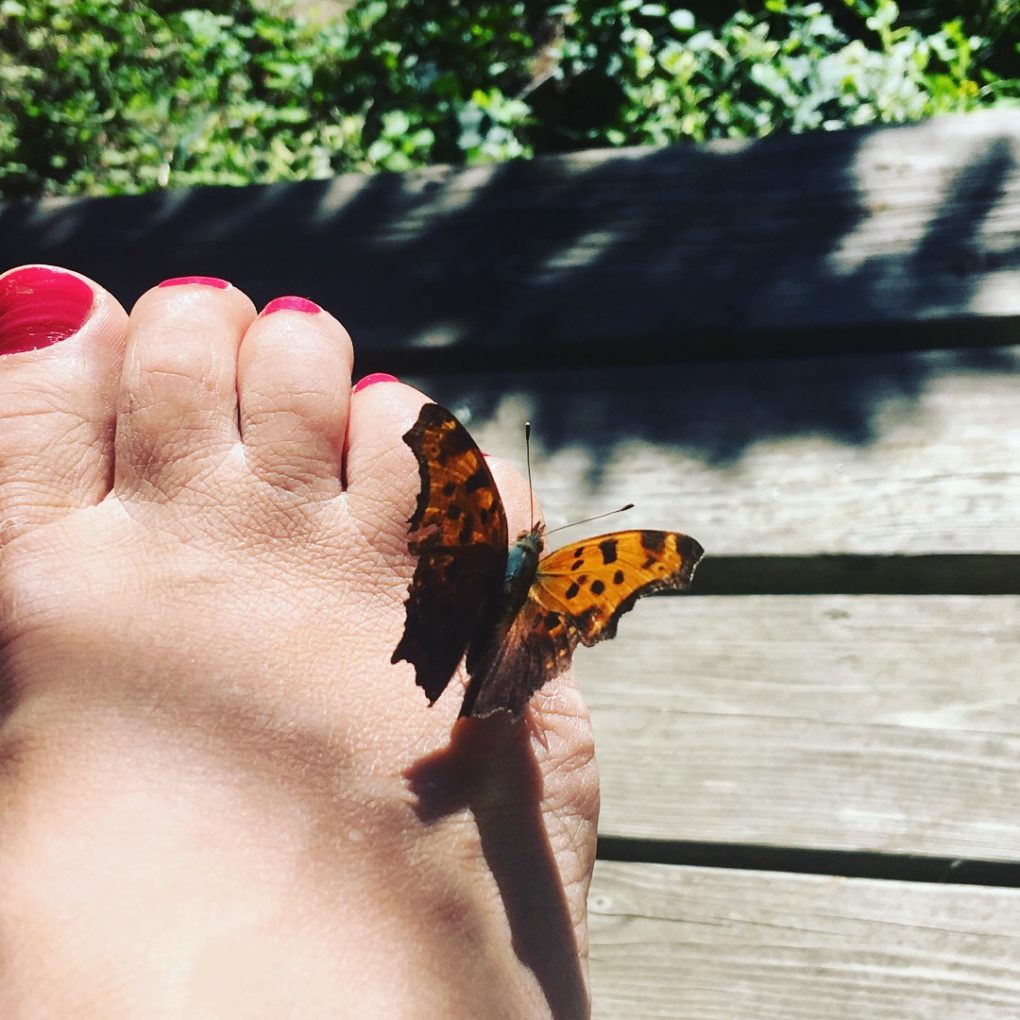 Each year, at the beginning of summer break from school, my family and I go on a vacation to the cottage. It has become such a family ritual that that we start to anticipate it weeks in advance. It’s a chance for us to unwind, relax, be in nature, and an opportunity for us to get a break from our everyday life.
Each year, at the beginning of summer break from school, my family and I go on a vacation to the cottage. It has become such a family ritual that that we start to anticipate it weeks in advance. It’s a chance for us to unwind, relax, be in nature, and an opportunity for us to get a break from our everyday life.  So, in order to help re-connect and be that anchor for my kids, off we went to our week away from the world. The weather was glorious, we ate S’more‘s and we swam more than once every day in the lake. Even though it was rather cold, the water has always been our happy place as a family. We could be cranky, tired or bored beforehand, but we always emerged from the water happy, content and refreshed. During one afternoon in the water, we were playing with our beloved water donuts. I of course brought to my favourite doughnut-doughnut, and we also had on hand the inflatable alligator that had been mine as a child. This summer my daughter has a goal to work on her swimming and so she and I were playing with the alligator as an opportunity for her to feel more confident in the water. Luckily she was still wearing her puddle jumper water wings because in one quick moment, the alligator overturned and slipped from under her. My quick instinct tended to her to make sure she was safe and well we were cuddling and checking in together and the allocator quickly started to drift off. I had first thought it was going slowly in the direction that would take it to shore but then I quickly noticed it was actually going deeper into the lake. I’m pretty confident swimmer and had been on the swim team in high school so I was pretty convinced that I would be able to reach the alligator in time. Because in one quick moment overturned from under. My quick instinct tended to her to make sure she was safe and while we were cuddling and checking in together, the alligator quickly started to drift out. Instead of going slowly in the direction that would take it to shore, it actually went deeper into the lake. I’m a pretty confident swimmer and was on the swim team in high school so I was pretty convinced that I would be able to read to the alligator in time. I was wrong. After a leisurely paddle where i was in my donut, i soon realized i was not going to reach the alligator in time. I have memories of this toy from my own childhood, and didn’t want to lose it so soon after my kids were able to play with it. So, i ditched the donut (this time int he right direction) and started to frantically swim at full speed towards the bright green animal floating in the water.
So, in order to help re-connect and be that anchor for my kids, off we went to our week away from the world. The weather was glorious, we ate S’more‘s and we swam more than once every day in the lake. Even though it was rather cold, the water has always been our happy place as a family. We could be cranky, tired or bored beforehand, but we always emerged from the water happy, content and refreshed. During one afternoon in the water, we were playing with our beloved water donuts. I of course brought to my favourite doughnut-doughnut, and we also had on hand the inflatable alligator that had been mine as a child. This summer my daughter has a goal to work on her swimming and so she and I were playing with the alligator as an opportunity for her to feel more confident in the water. Luckily she was still wearing her puddle jumper water wings because in one quick moment, the alligator overturned and slipped from under her. My quick instinct tended to her to make sure she was safe and well we were cuddling and checking in together and the allocator quickly started to drift off. I had first thought it was going slowly in the direction that would take it to shore but then I quickly noticed it was actually going deeper into the lake. I’m pretty confident swimmer and had been on the swim team in high school so I was pretty convinced that I would be able to reach the alligator in time. Because in one quick moment overturned from under. My quick instinct tended to her to make sure she was safe and while we were cuddling and checking in together, the alligator quickly started to drift out. Instead of going slowly in the direction that would take it to shore, it actually went deeper into the lake. I’m a pretty confident swimmer and was on the swim team in high school so I was pretty convinced that I would be able to read to the alligator in time. I was wrong. After a leisurely paddle where i was in my donut, i soon realized i was not going to reach the alligator in time. I have memories of this toy from my own childhood, and didn’t want to lose it so soon after my kids were able to play with it. So, i ditched the donut (this time int he right direction) and started to frantically swim at full speed towards the bright green animal floating in the water. 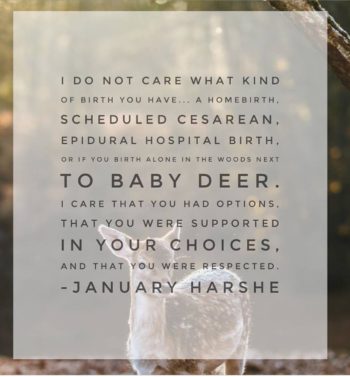 I have mixed feelings about clubs. I never was a Girl Scout, in choir or on sports teams as a kid. I was a dancer though, but that doesn’t seem like the same kind of club or group like the others. For one thing, the rules and homogeneity that seemed to go along with it felt too forced. And just because one kid likes to play soccer, that doesn’t mean she likes the same music or food as another. And it felt like we had to be the same all the time, like Stepford Wives. I could be wrong though.
I have mixed feelings about clubs. I never was a Girl Scout, in choir or on sports teams as a kid. I was a dancer though, but that doesn’t seem like the same kind of club or group like the others. For one thing, the rules and homogeneity that seemed to go along with it felt too forced. And just because one kid likes to play soccer, that doesn’t mean she likes the same music or food as another. And it felt like we had to be the same all the time, like Stepford Wives. I could be wrong though. 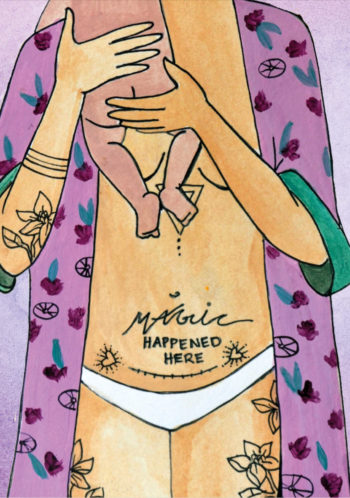 Here’s why our well-intentioned comments about someone else’s experience can be problematic: it doesn’t take into account their potential birth trauma and how it’s linked to consent and body trust issues. We hear about birth trauma that relates to obviously upsetting experiences of injury or even infant death. But another type of birth trauma is one where the birther has their voice taken from them, and instead the medical expert is calling all the shots. When some of us have experienced sexual violence and later in life get pregnant, this new experience can bring up former body memories and triggers.
Here’s why our well-intentioned comments about someone else’s experience can be problematic: it doesn’t take into account their potential birth trauma and how it’s linked to consent and body trust issues. We hear about birth trauma that relates to obviously upsetting experiences of injury or even infant death. But another type of birth trauma is one where the birther has their voice taken from them, and instead the medical expert is calling all the shots. When some of us have experienced sexual violence and later in life get pregnant, this new experience can bring up former body memories and triggers.